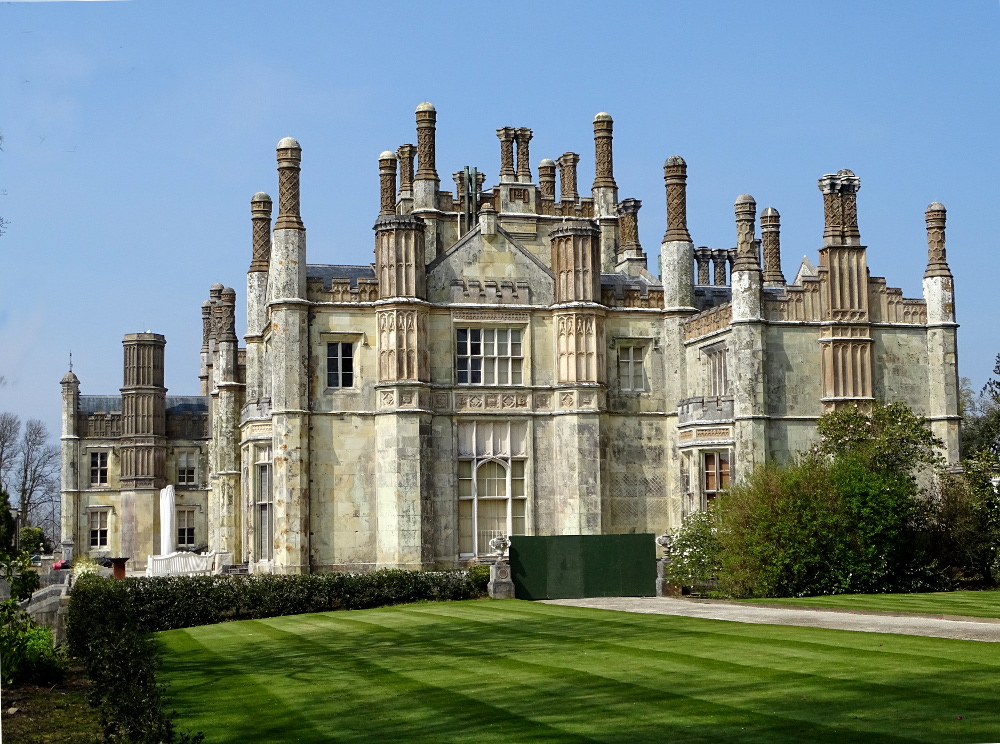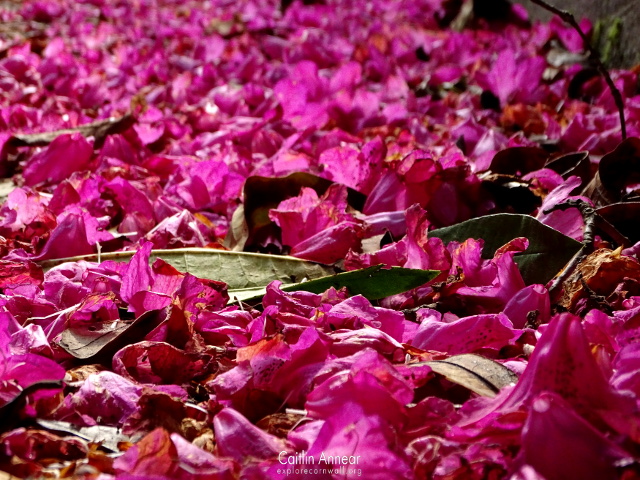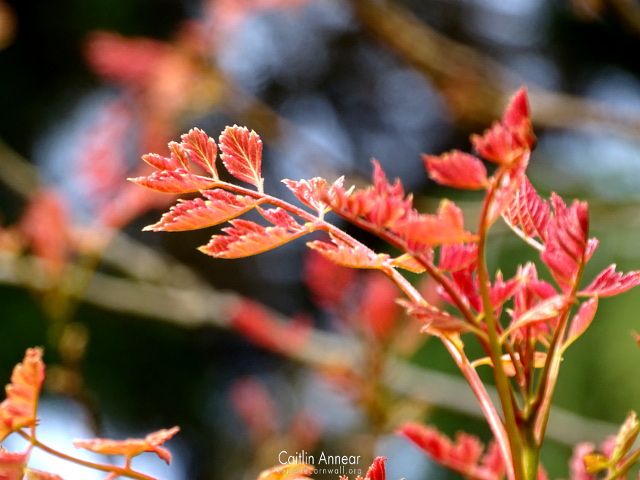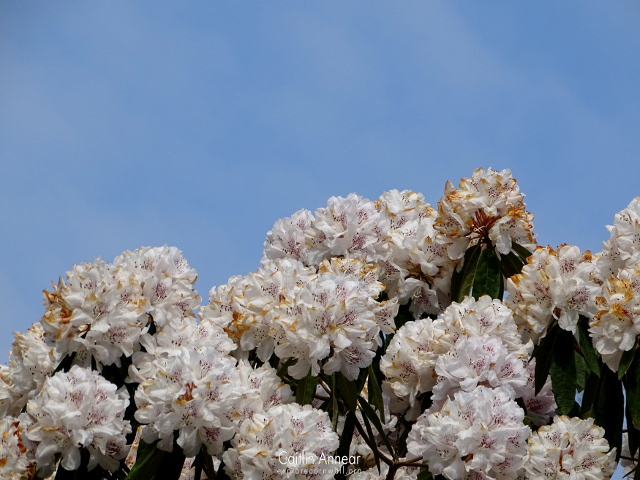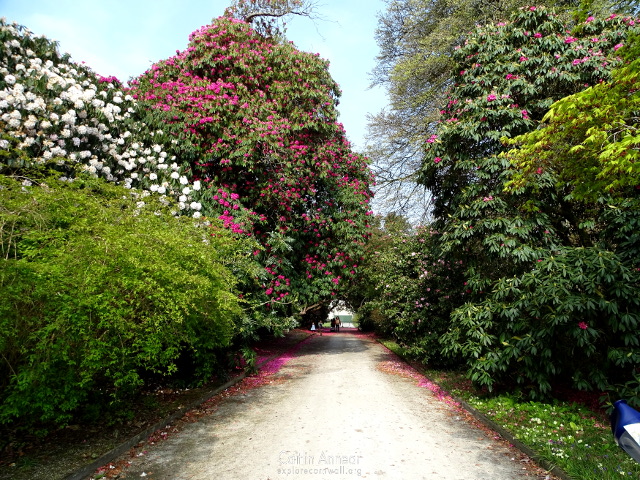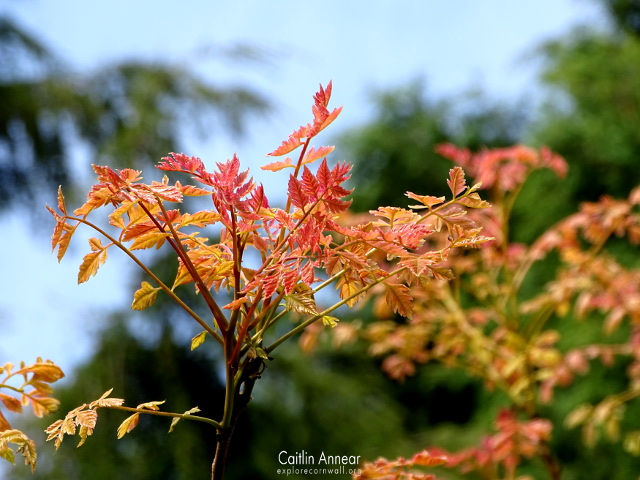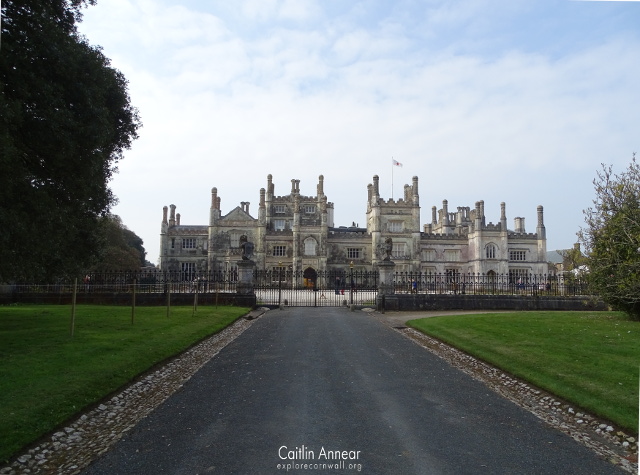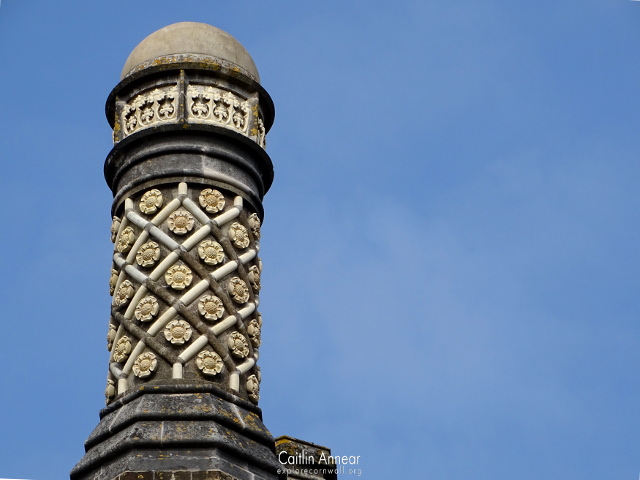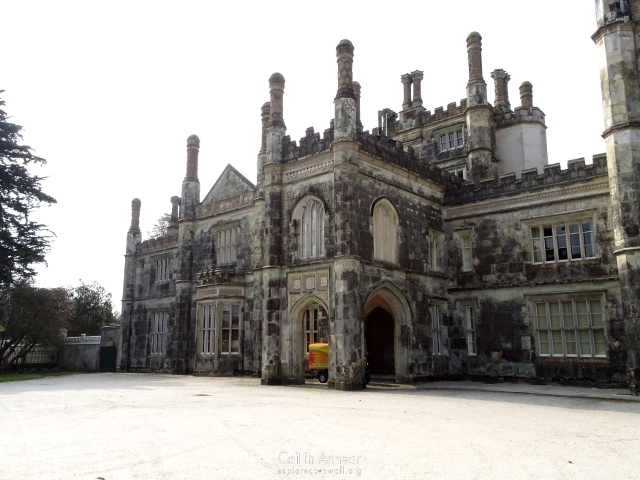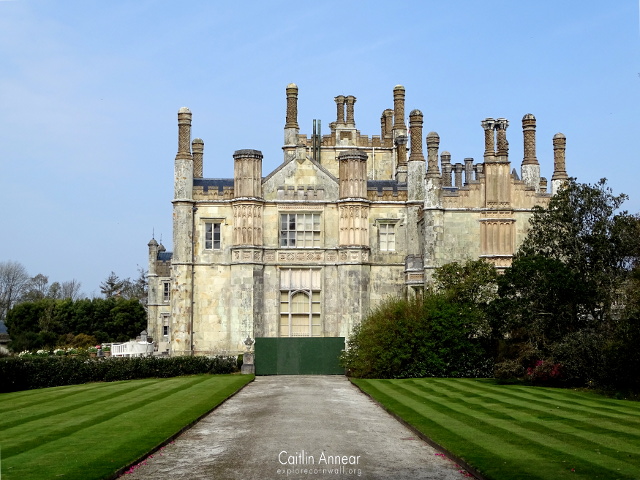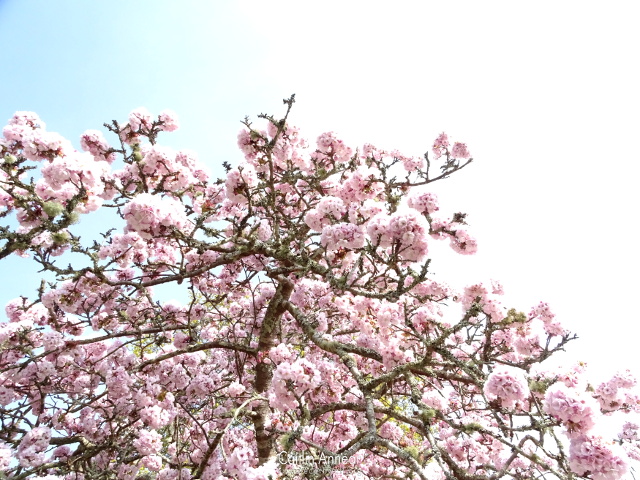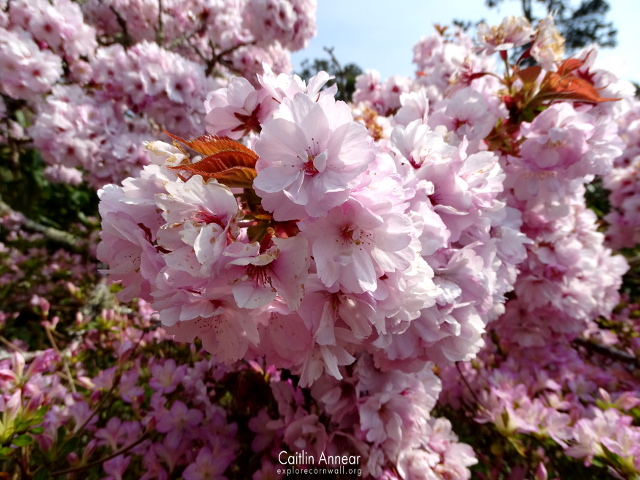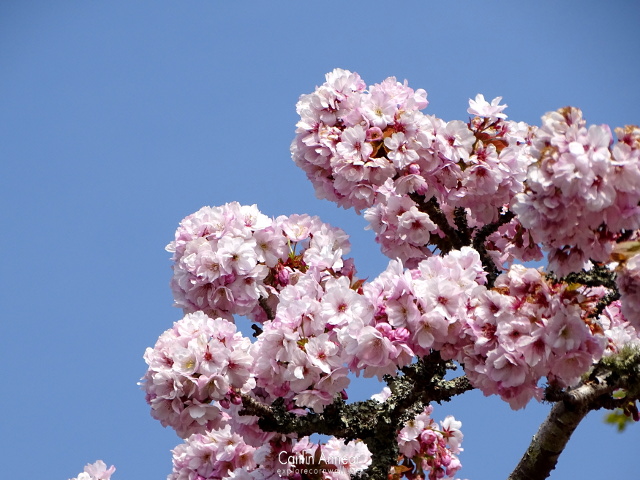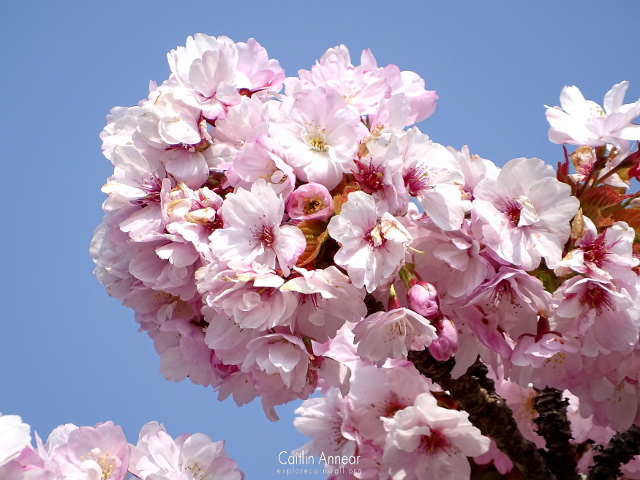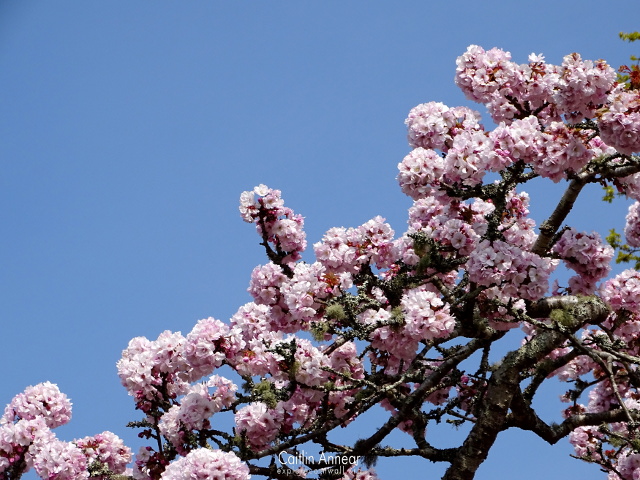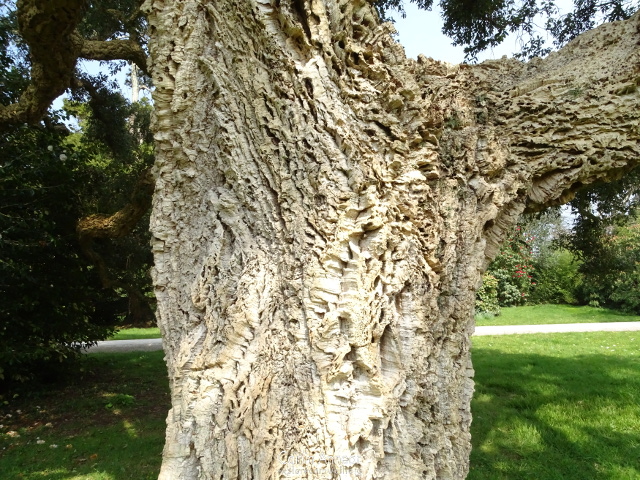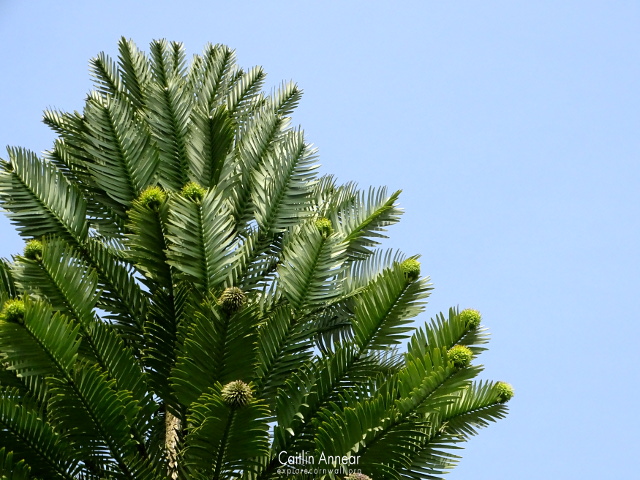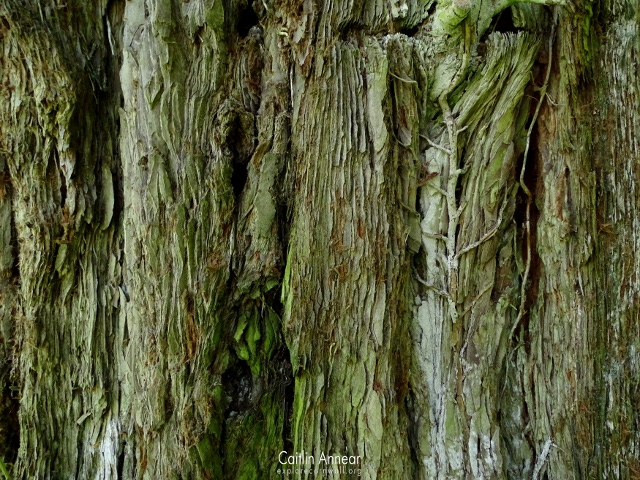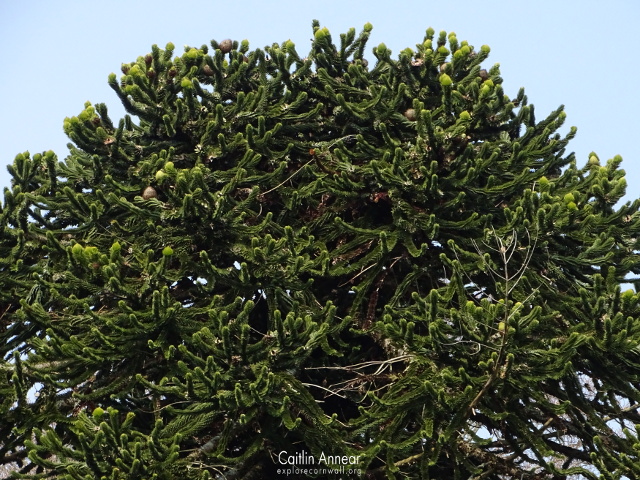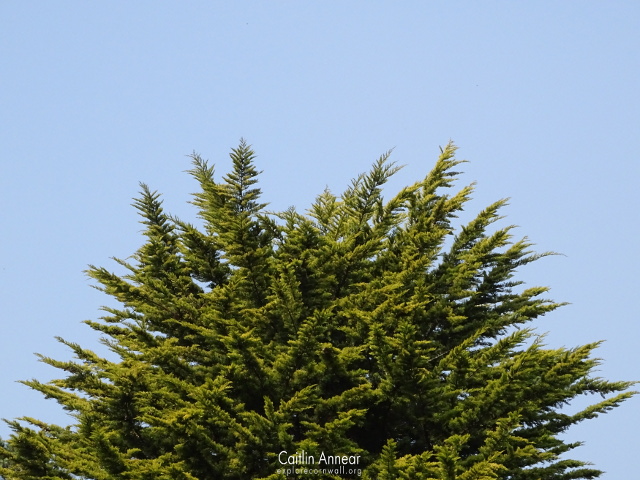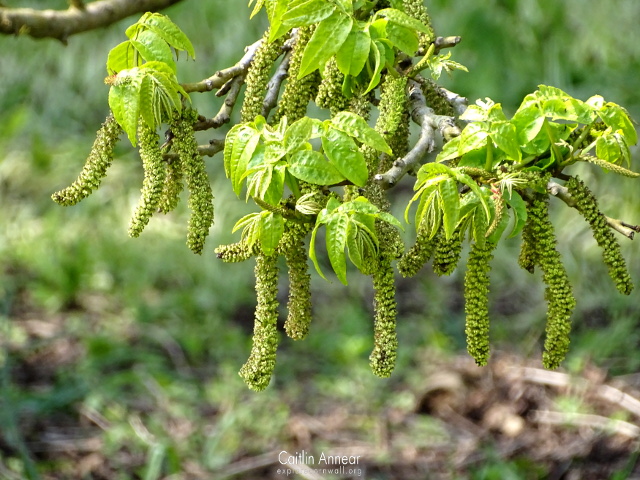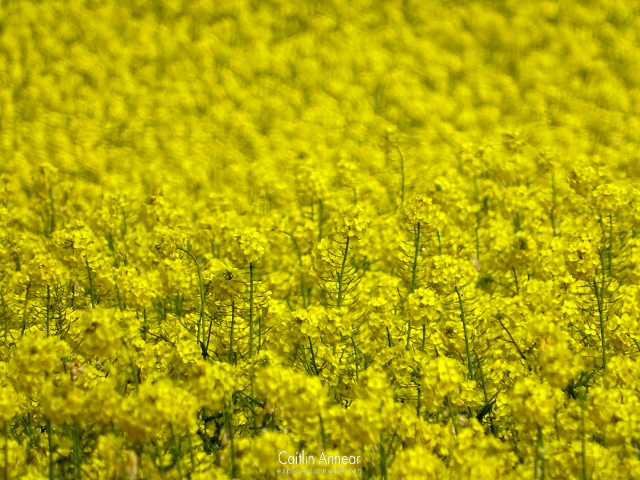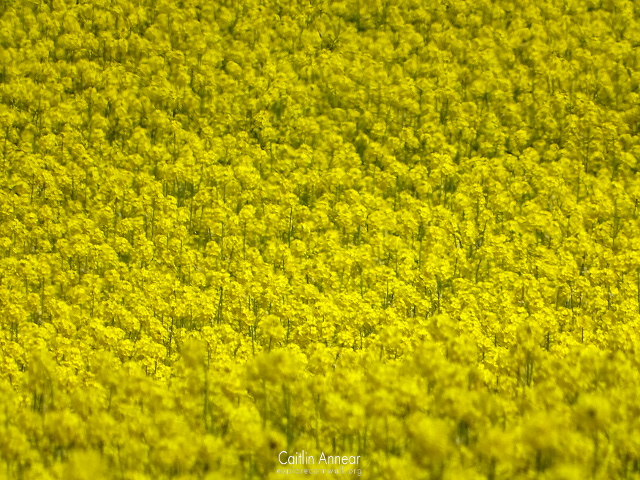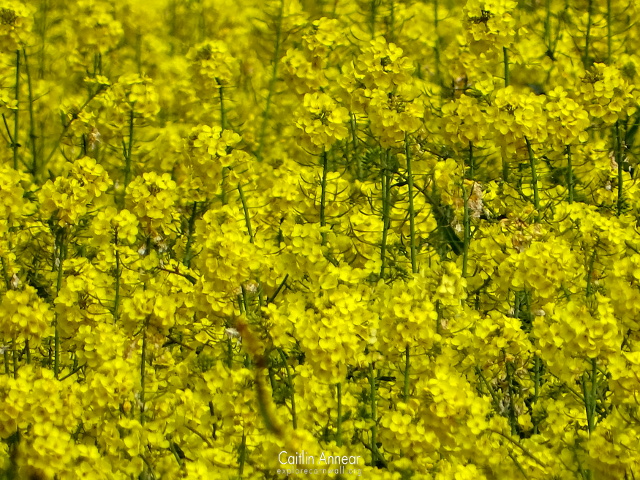The Tregothnan estate sits beside the river Fal near the village of St Micheal Penkevil. It’s substantial gardens are the largest in Cornwall and boasts a wide variety of plants and trees.
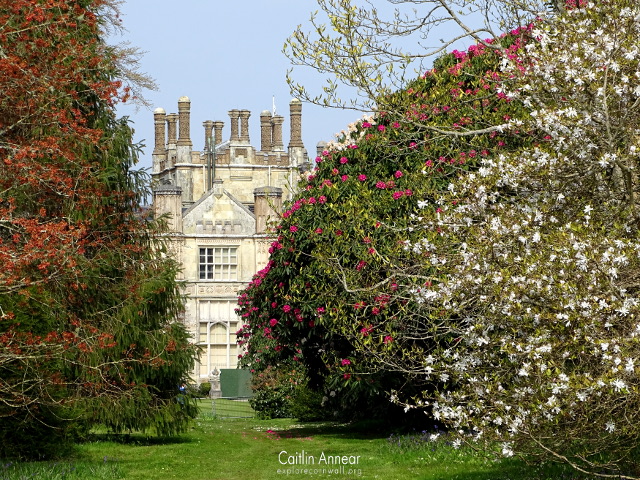
This land was acquired by the Boscawen family in 1334 following the marriage of John Boscawen to Joan Tregothnan. The original medieval house was ransacked during the civil war and the then heir Hugh Boscawen (1680–1734) moved to the south-eastern side of the estate, establishing a new house. Part of this structure still remains.
He was named the first Viscount Falmouth in 1720 (more commonly known as Lord Falmouth these days). The next in line, another Hugh Boscawen (1707–1782) took the title next. The first Viscounts second son Admiral Hon Edward Boscawen was noted for his part in the Seven Year War, particularly during the Battle of Lagos.
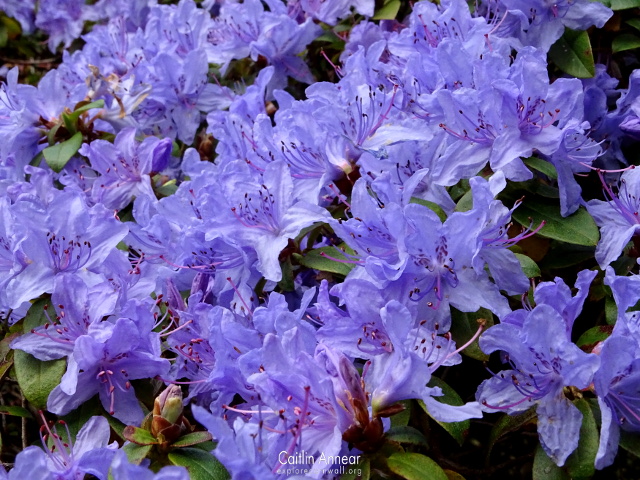
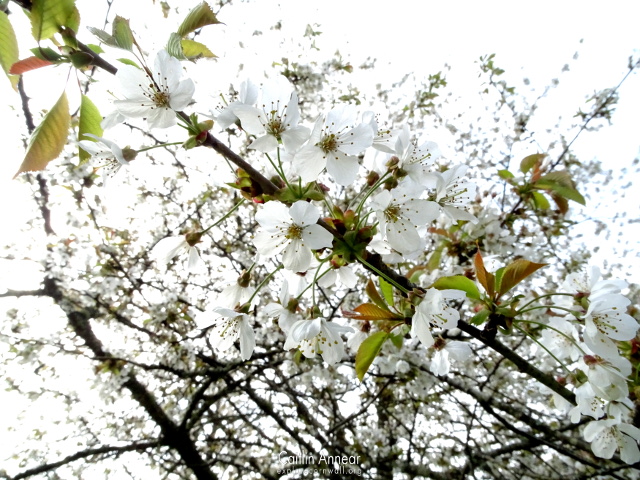

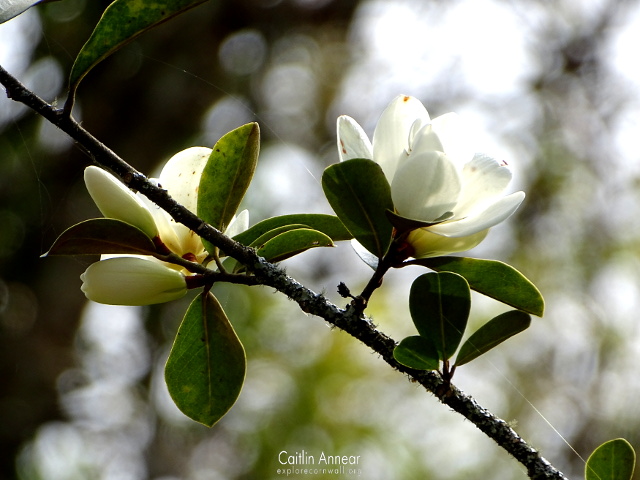
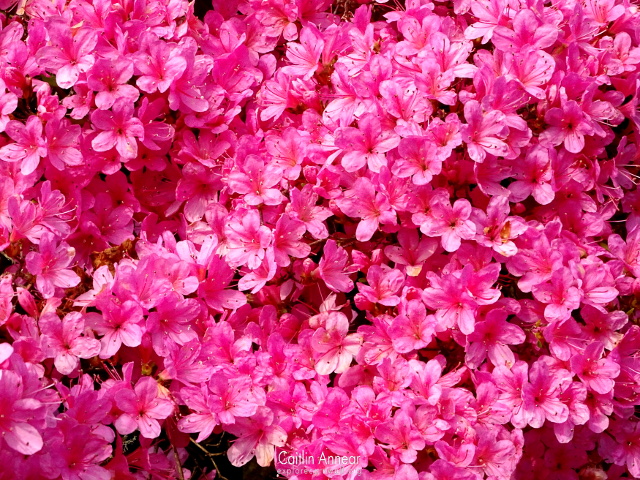
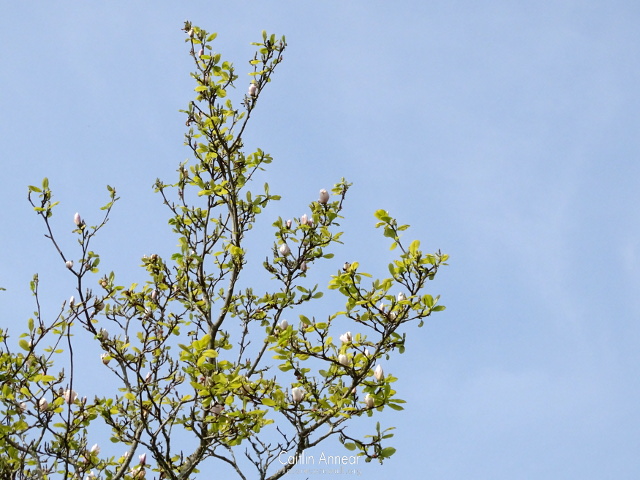
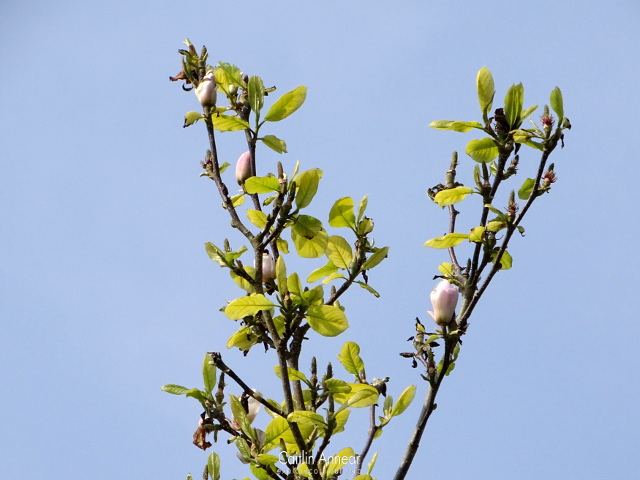
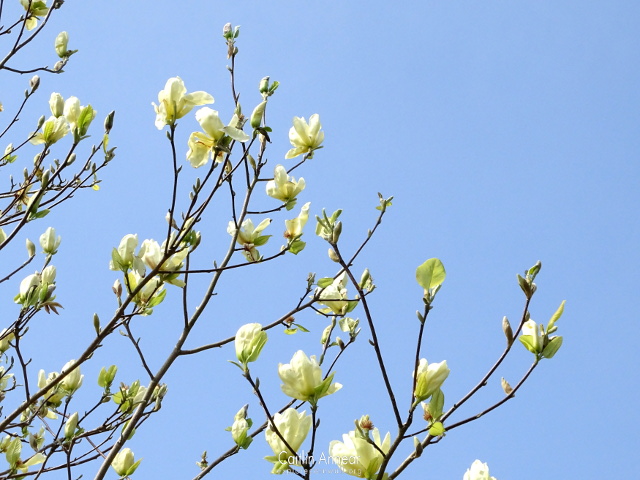
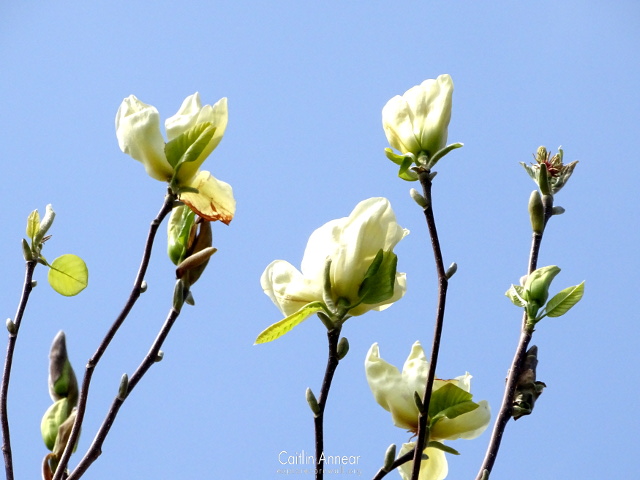
The Viscount title then went to George Evelyn (1758–1808) in 1782. In 1800, manuka honey plants were flown from New Zealand and planted on the estate. Next in line was his son Edward (1787–1841); he was named the first Earl of Falmouth in 1820; he was also part of a group of politicians and landowner known as the Cornish Whig. This group all consulted Humphry Repton, a great landscape designer, on improvements that could be made to their estates. A large part of the main house was rebuilt between 1816-18 by William Wilkins.
In 1821, the second Earl, George Henry Boscowen (1811–1852), took over and had further changes made to the house and gardens by Lewis Vulliamy and William Andrews Nesfield, respectively. George died unmarried and the earldom ended with him. The Viscount title did however continue with his cousin Evelyn (1819-89), who with his brother Hon and Rev John Townshend Boscawen of Lamorra, was involved in adding a number of camellias and rhododendrons on the Tregothnan grounds.
The seventh Viscount was Evelyn Edward Thomas Boscawen (1847–1918) who also inherited the Le Despencer barony from his mother. The title then went to Evelyn Hugh John Boscawen (1887–1962) and finally George Hugh Boscawen (b. 1919). The heir is his first son Hon. Evelyn Arthur Hugh Boscawen (b. 1955).
In 2005, Tregothnan started selling the first English grown tea made from Camellia sinensis plants that are grown on the estate. Many of these were brought over from China in the 1840’s, reaching Tregothnan in 1999. They also grow unique Kea plums which are made into their own plum jam

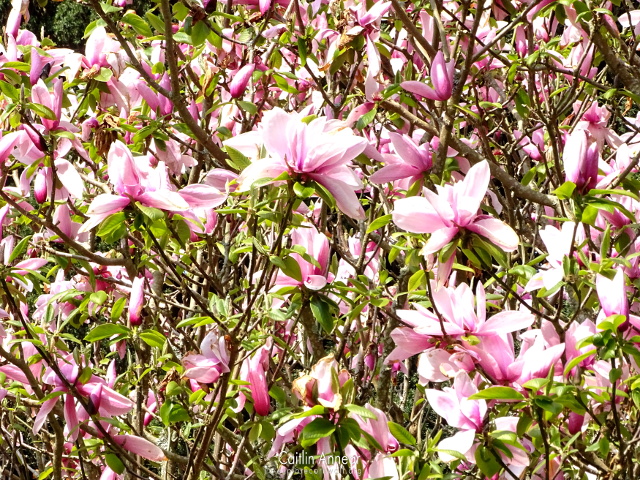

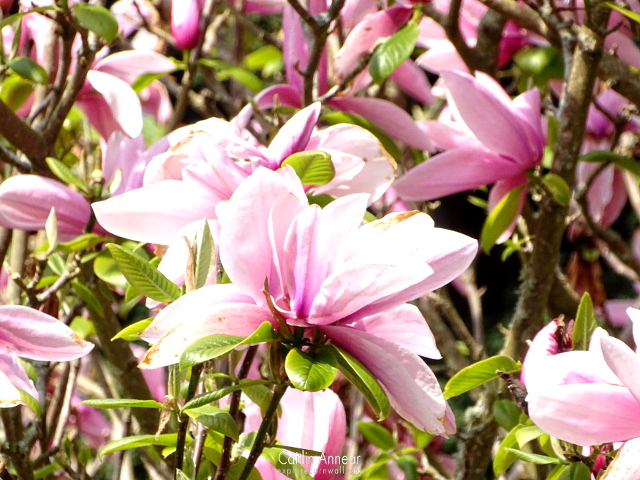
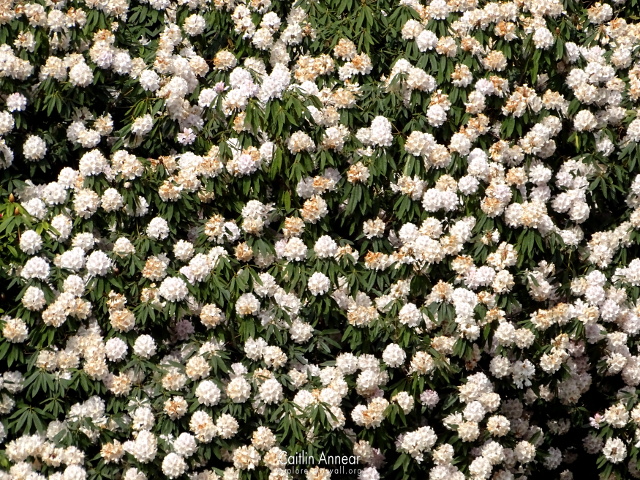
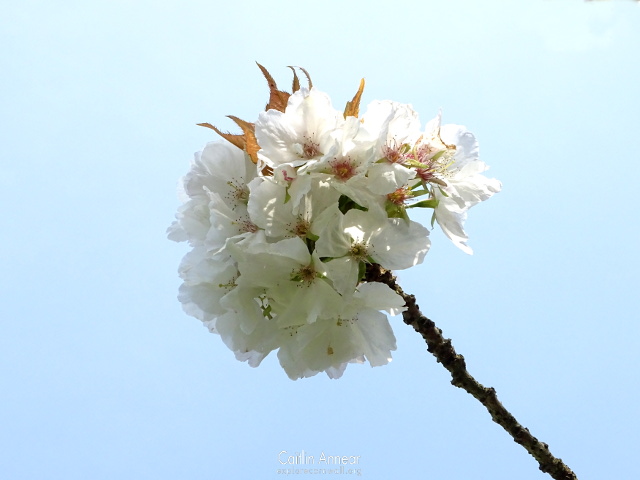
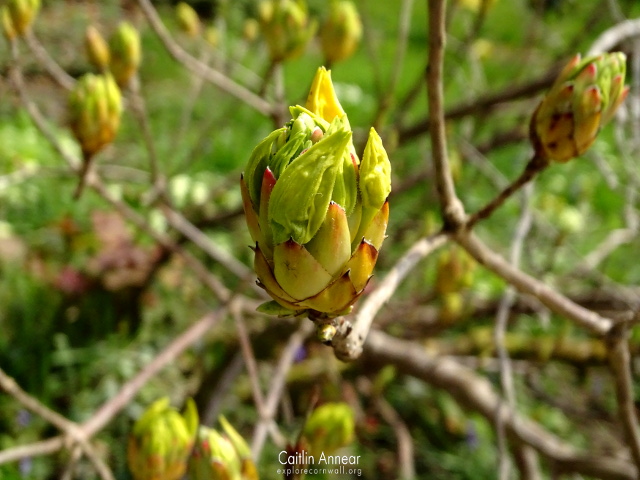
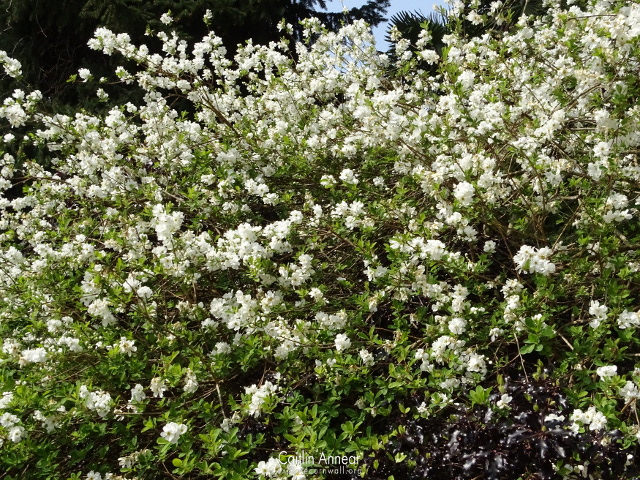
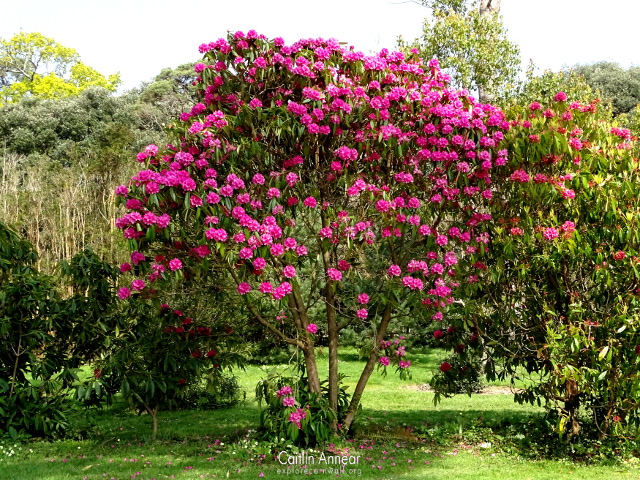

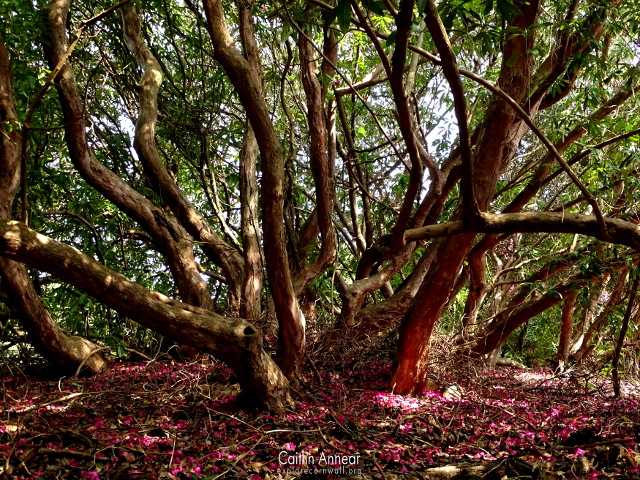
The Boscawen family also had their fingers in a number of mining pies. Mines in from in Bissoe, Chacewater and Scorrier, including Great Wheal Baddern, Nangiles, Wheal Jane, Mount Wellington, Killifreth, Wheal Busy and Hallenbeagle, among others. Many of these were very rich in copper and/or tin, allowing the expansion of their mining reach down as far as Botallack.
The estate remains in private hands, but does open for two days every year for charity. This year they raised money for iSight Cornwall, successfully raising £50,000. Private tours are also available.
There is substantial free parking available on their open days.
Gamble, B. (2014) Cornwall’s Great Houses and Gardens. Penzance: Alison Hodge Publishers.
Historic England (2001) Tregothnan. Historic England. Available at: https://historicengland.org.uk/listing/the-list/list-entry/1000655 (Accessed: 28 April 2019).
Tregothnan (2019) The history of Tregothnan. Available at: https://tregothnan.co.uk/about/history/ (Accessed: 30 April 2019).
